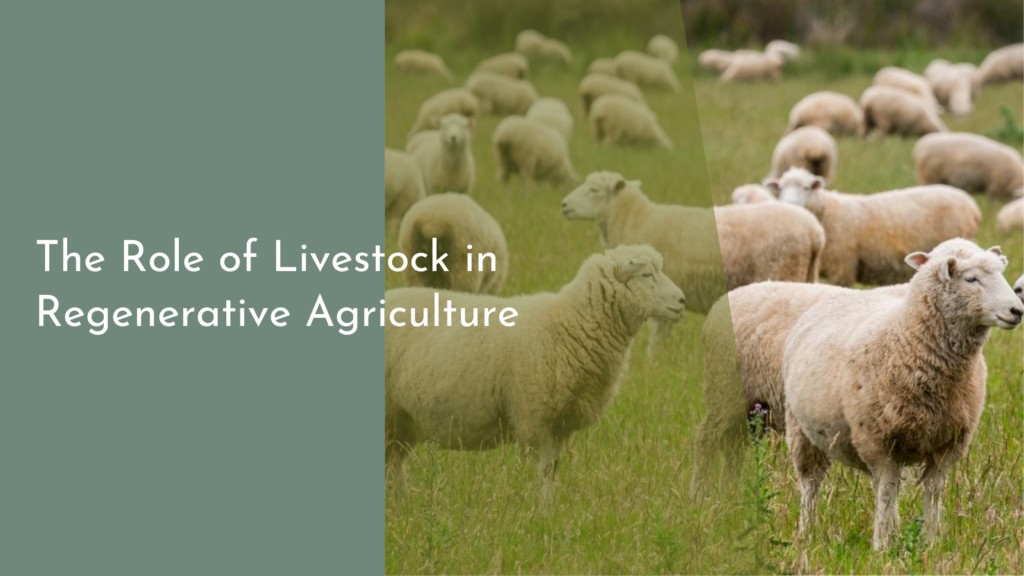Agroforestry and Community Empowerment Programs
Agroforestry is an innovative farming approach that integrates trees and shrubs into agricultural landscapes, creating a symbiotic relationship between crops and the environment. This sustainable method not only enhances biodiversity but also contributes to food security and economic stability for rural communities. Coupled with community empowerment programs, agroforestry paves the way for transformative agricultural practices that uplift local populations. In this article, we explore the fundamentals of agroforestry and its impact on community empowerment, the numerous benefits of integrating trees into farming, and the inspiring success stories that illustrate the effectiveness of these initiatives.
Discovering Agroforestry: A Path to Sustainable Farming
Agroforestry combines agricultural and forestry practices to create a harmonious system that maximizes land use efficiency. By introducing trees into agricultural plots, farmers can diversify their crops, improve soil health, and create microclimates that benefit plant growth. This method fosters resilience against climate change, as the diverse plant life can withstand extreme weather conditions better than monoculture systems. As a result, agroforestry is increasingly recognized as a sustainable farming solution that meets the dual challenges of food production and environmental conservation.
The concept of agroforestry is rooted in traditional practices used by indigenous communities worldwide, who have long understood the benefits of integrating trees with crops. By blending modern agricultural techniques with these time-honored approaches, farmers can harness the power of nature to achieve greater productivity. The commitment to sustainable farming practices encourages a deeper understanding of ecological systems and promotes a more balanced relationship between agriculture and the environment.
How Community Empowerment Transforms Local Agriculture
Community empowerment plays a crucial role in the success of agroforestry initiatives. By involving local populations in decision-making processes, these programs foster a sense of ownership and responsibility towards both their land and their community. This participatory approach encourages knowledge sharing and skill development, leading to greater confidence among farmers to adopt new practices and technologies. Empowered communities are better equipped to advocate for their needs, whether it be access to resources, training, or market opportunities.
Moreover, education is a key pillar of community empowerment. Workshops and training sessions on agroforestry principles enable farmers to understand the benefits and techniques necessary for successful implementation. This increased awareness fosters community solidarity, as members work together to support one another in adopting agroforestry practices. When farmers feel empowered to take charge of their agricultural futures, they are more likely to invest in sustainable practices that benefit not only their own families but also the wider community.
Benefits of Integrating Trees in Farming Practices
Integrating trees into farming practices offers a multitude of ecological and economic benefits. Trees improve soil quality by enhancing nutrient availability and reducing erosion, which leads to healthier crops and higher yields. Additionally, the shade provided by trees can help maintain moisture levels in the soil, reducing the need for irrigation and making farming more resilient to drought conditions. This synergy between crops and trees not only promotes environmental sustainability but also boosts economic viability for farmers.
Furthermore, agroforestry systems can diversify farmers’ income sources by providing additional products such as fruits, nuts, and timber. These secondary products can serve as alternative revenue streams, helping farmers to withstand market fluctuations and economic challenges. In addition, the increased biodiversity in agroforestry systems can attract beneficial insects and pollinators, which are essential for crop production. In essence, integrating trees into agricultural practices not only nurtures the environment but also cultivates a more resilient and prosperous agricultural economy.
Success Stories: Empowering Communities Through Agroforestry
Across the globe, numerous success stories highlight the positive impact of agroforestry and community empowerment programs. In Kenya, for example, smallholder farmers participating in agroforestry initiatives have reported significant increases in crop yields and household incomes. By planting indigenous trees alongside their staple crops, these farmers have improved soil fertility and created sustainable farming systems that provide both food and income. The sense of community fostered through shared learning and training has empowered these farmers to advocate for their agricultural needs, leading to better market access and improved livelihoods.
Another inspiring example comes from Brazil, where agroforestry systems have been integrated into traditional farming practices in the Amazon rainforest. Indigenous communities have taken the lead in implementing agroforestry as a means of preserving their cultural heritage while also addressing environmental degradation. By cultivating a diverse array of crops and trees, these communities are not only sustaining their way of life but also protecting vital ecosystems. The success of these initiatives demonstrates that when communities are empowered to manage their resources, they can create resilient agricultural systems that benefit both people and the planet.
Agroforestry represents a promising path towards sustainable farming, particularly when combined with community empowerment programs. By integrating trees into agricultural practices, farmers can enjoy numerous benefits, from improved soil health to diversified income sources. The success stories from around the world serve as a testament to the potential of agroforestry to uplift communities, foster resilience, and protect the environment. As we look to the future, embracing agroforestry and empowering local communities will be essential steps towards achieving a sustainable and equitable agricultural landscape.

